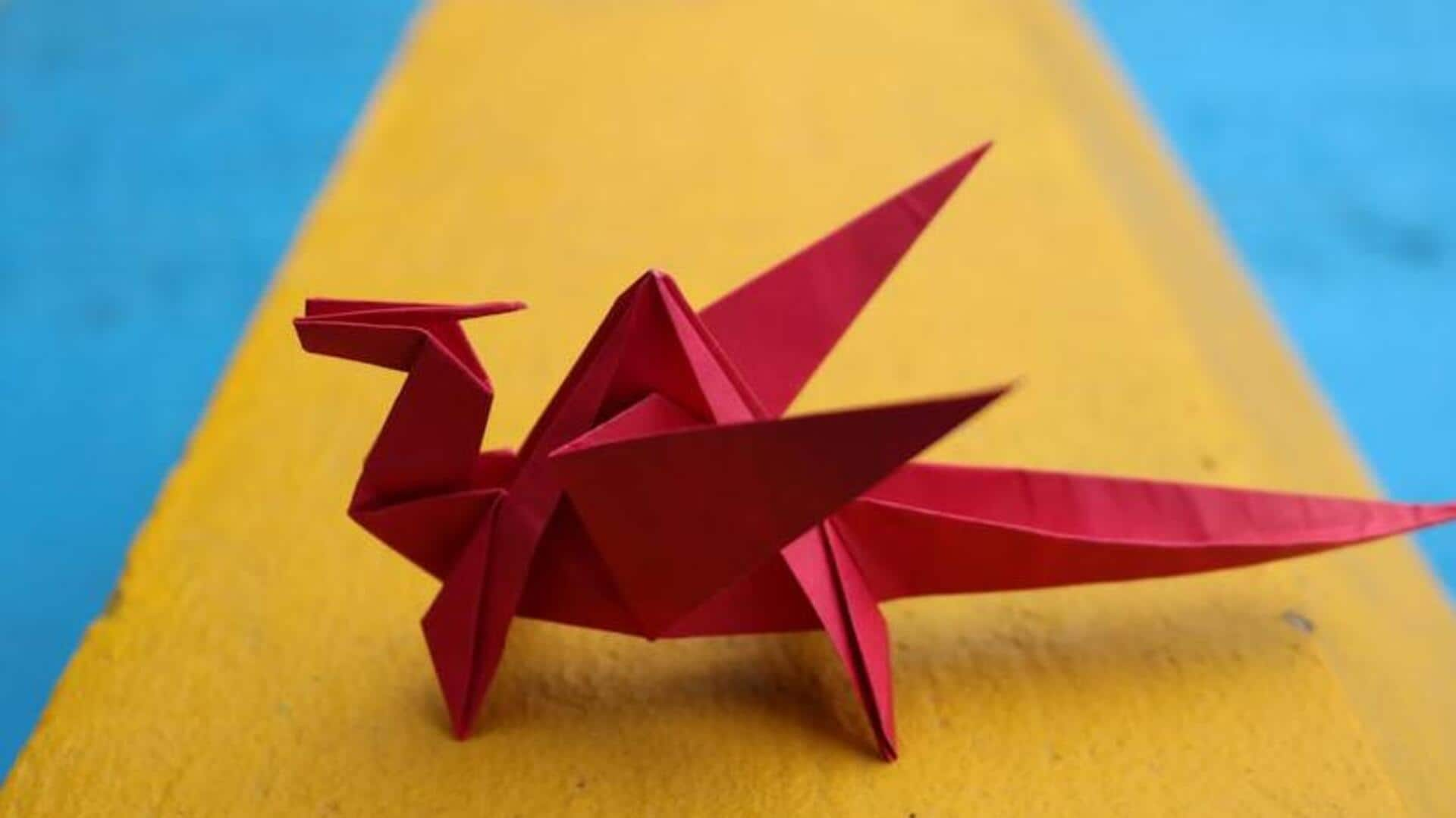
Encouraging creativity with origami folding sessions
What's the story
Origami, the ancient art of paper folding, provides a unique creative and meditative outlet for kids. It boosts children's creativity, focus, and fine motor skills, all while requiring nothing more than a simple piece of paper. This article details expert tips on how to introduce origami to kids in a fun and stress-free way.
Basics
Starting with basic shapes
Start by teaching kids the basic shapes like squares, triangles, and circles. Using colorful papers will make this first step fun for them. Demonstrate how one piece of paper can magically turn into different shapes without cutting or pasting. This basic understanding will prepare them for more advanced projects down the line.
Exploration
Exploring simple models
Once they have mastered basic shapes, proceed to simple models like boats, airplanes, and animals. These not only offer fun but also deliver instant gratification, fostering a sense of achievement that motivates them to continue exploring. By showing each fold step by step and letting them follow along at their own pace, you can keep them engaged and excited.
Storytelling
Incorporating stories and themes
To make origami sessions more engaging, try incorporating stories or themes around the models you're creating. For instance, while folding a paper crane, you could tell a traditional Japanese story about cranes. This not only makes the experience more enjoyable but also exposes kids to different cultures and the art of storytelling.
Creativity
Encouraging creative freedom
Once they've gotten the hang of following instructions for basic models, nudge them toward trying their hand at making their own designs. This can begin with making small changes to existing models or mixing and matching parts from different sets to create something new. By creating a judgment-free environment where there's no "wrong" way to build, you're encouraging creativity, innovation, and self-expression.
Collaboration
Organizing group activities
Coordinating group origami projects is a fantastic way for kids to teach each other and collaborate on something bigger than they could do alone. You can have them work together to create a large scene with origami figures or contribute a piece to a collective mosaic pattern. Not only does this encourage teamwork, but it also lets each child's creativity shine!